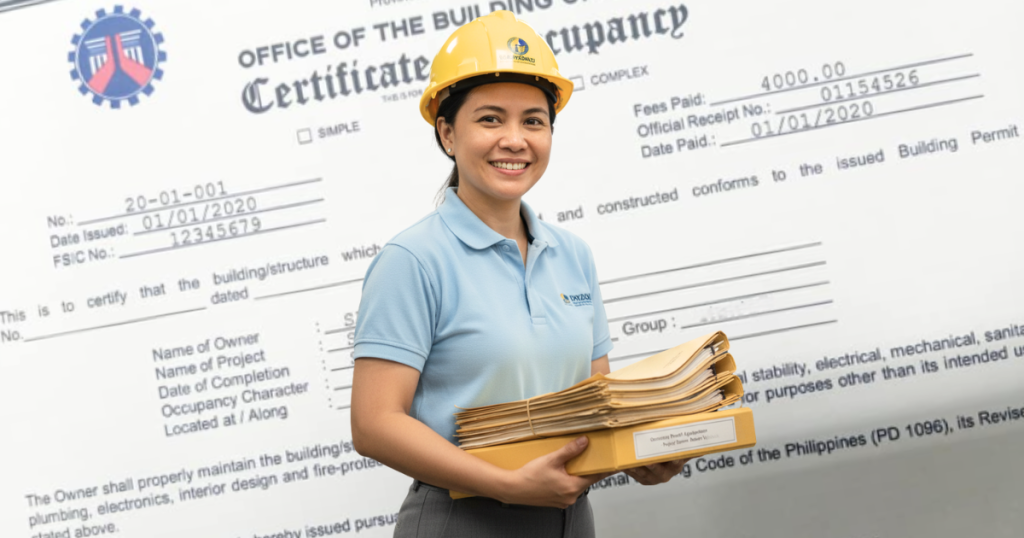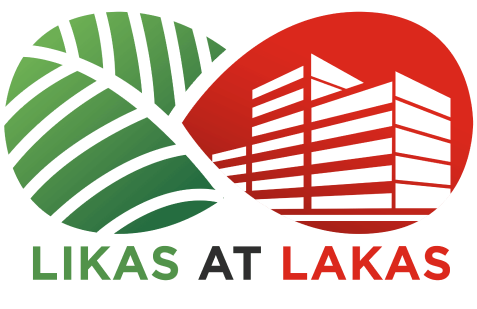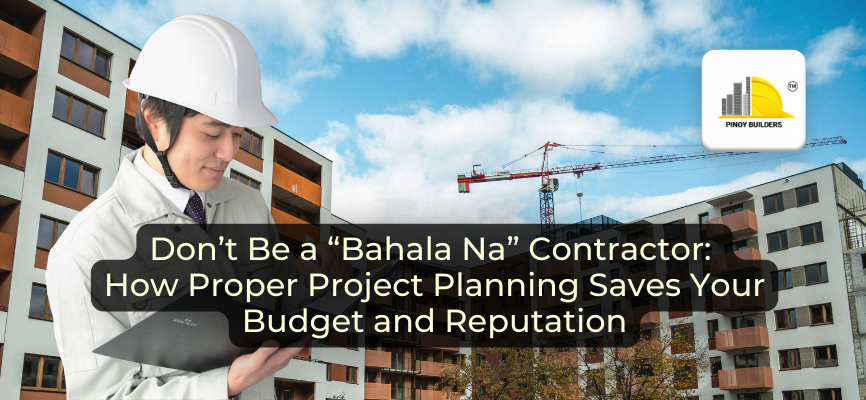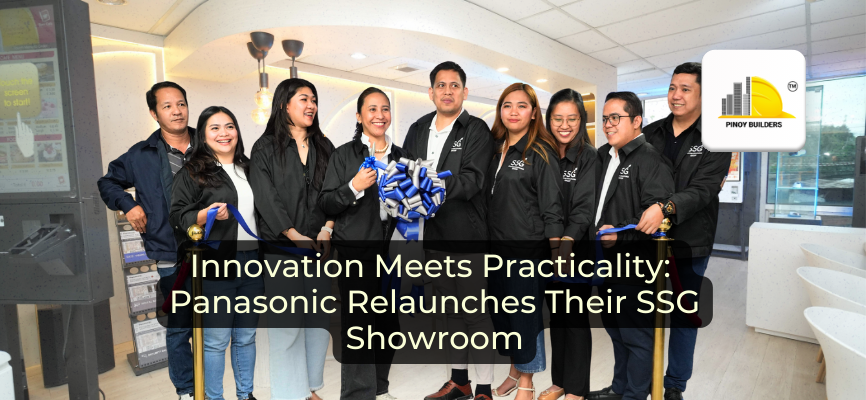Many homeowners and builders feel a sense of excitement as their projects near completion. The walls are freshly painted, fixtures are secured, appliances are running smoothly, and the space finally looks like home.
But before the final handover, there’s one crucial step that ensures your building is safe, legal, and truly livable: obtaining an occupancy permit.
An occupancy permit should never be overlooked. It serves as your assurance that every part of the structure meets the safety and building standards set by local authorities. It’s what transforms a finished construction project into a legitimate, safe, and habitable structure.
In this article, we’ll walk you through the importance of securing an occupancy permit, where to apply, and the step-by-step process to ensure your project is officially approved for use.

Why an Occupancy Permit Matters
In the National Building Code of the Philippines, obtaining a certificate of occupancy is mandatory before any changes are made to a building. Section 309 states:
“No building or structure shall be used or occupied and no change in the existing use or occupancy classification of a building or structure or portion thereof shall be made until the Building Official has issued a Certificate of Occupancy therefore as provided in this Code.”
This regulation ensures that all structures are safe and habitable. Securing an occupancy permit confirms that your property meets national and local building standards. The process also protects your investment, ensures the safety of occupants, and enhances your reputation as a responsible builder or homeowner.
How to Apply for an Occupancy Permit
Step 1: Submitting Your Application
The first step in getting an occupancy permit starts at the city or municipality’s Office of the Building Official. Applications must be completed accurately and include all required documents. These often include the following:
- Approved building plans or initial design drawings
- As-built construction plans, duly signed by the owner/applicant and sealed by the respective professionals
- Construction Business Permit (Contractor’s Tax) or Certification of Completion (for non-contractors)
- Official logbook of daily construction works and activities
After completing the documents, submit them together with the application to the local government’s Office of the Building Official (OBO. Following the instructions carefully helps prevent delays. Once approved, the occupancy permit will be issued, giving your building legal recognition.
Step 2: Property Inspection and Assessment
After submitting your application, the property undergoes a thorough inspection. Inspectors evaluate the structural integrity, electrical systems, plumbing, and other critical components to verify compliance with building codes.
Multiple inspections may be conducted as needed. Addressing any findings promptly ensures a smoother approval process. This stage guarantees that your building is safe, functional, and ready for occupancy.
Step 3: Paying the Required Fees
After inspection, the Office of the Building Official provides a fee assessment. Fees must be paid at the designated center, and it is important to keep the payment receipt. In some cases, a declaration of compliance is required. Prompt and accurate payment ensures that processing continues without interruptions, moving your project closer to completion.
Partnering with Professionals
Working with licensed builders and professionals ensures full compliance with building regulations. Their expertise provides peace of mind, knowing that your construction meets the required standards.
Construction companies that uphold compliance and professionalism gain trust and credibility, leading to more opportunities for growth. Registering with the Pinoy Builders Directory also enhances visibility and reputation, making it easier for potential clients to find reliable partners for their projects.

Safe, Legal, and Ready for Occupancy
Obtaining an occupancy permit is a key step to ensure buildings are safe, legal, and fully habitable. Following the proper process, paying fees promptly, and partnering with qualified professionals creates confidence for homeowners and builders alike.
Leverage trusted directories like the Pinoy Builders Directory to enhance your business’ credibility and foster new opportunities. A compliant, inspected, and approved property is a building that is truly ready for its occupants.
References
How to Obtain an Occupancy Permit in the Philippines. (n.d.). Pencil Design Studio. Retrieved October 29, 2025, from https://www.pencilstudio.ph/blog/how-to-obtain-an-occupancy-permit-in-the-philippines
Permit issued prior to usage / occupancy of the structure. (n.d.). City Government of Muntinlupa. https://muntinlupacity.gov.ph/business-services/occupancy-permit/










